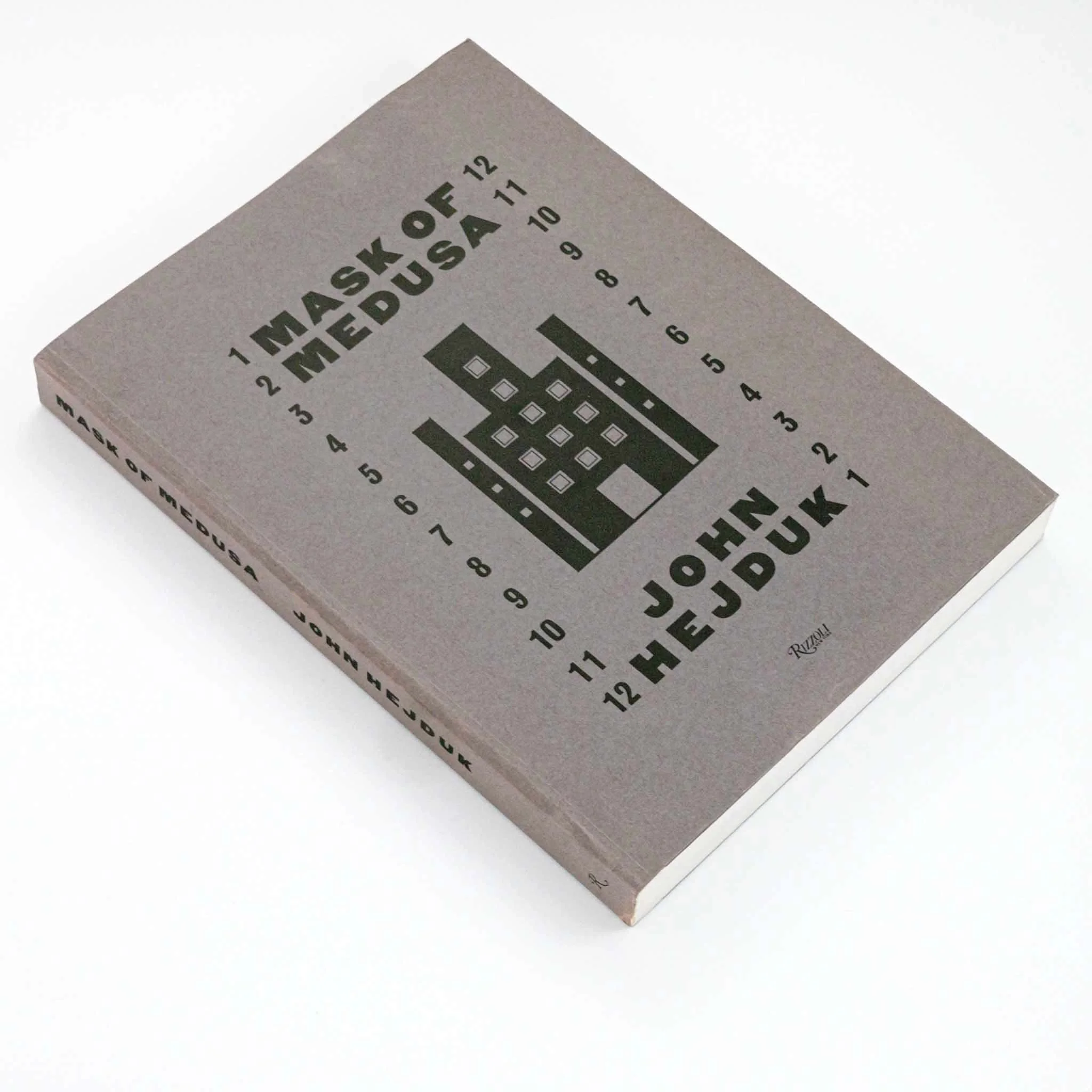On What I Do: An Architectural Life
I encountered what I view as one of the most influential concepts of architecture when I was a first-year architecture student in Mark Clary’s studio at the University of Kentucky College of Architecture. Mark assigned each student in my studio our first project: the analysis of a house done by a noted architect. I was assigned the ¾ House by John Hejduk. Driven by curiosity, I dove into Hejduk’s Mask of Medusa, and that’s where I found it.
Hejduk viewed writing and design both, equally, as forms of architecture. A poem, a photograph, a film — all could be architecture to him.
So much debate around his work and his practice centered on the fact that most of his designs were never constructed into buildings. That argument missed the point. He viewed architecture as a way of thinking, of framing the world, of experiencing it. Architecture is a way of bringing ideas to life, of creating realities that could yet be. As he neared the end of his life, he came to say that architecture was a way of being alive. This concept underpins my career.
In recent years, much has been made of “digital architecture” and “design thinking.” These concepts have been at the forefront of the culture of innovation that has dominated the past few decades of American business. Why have Silicon Valley developers so easily come to own the term “architecture”? Why is it “design thinking” and not “architectural thinking” that has subsumed our cultural curiosity? This all goes back to the limiting notion that architecture is confined to buildings. Hejduk knew that it was not; he saw it as something more.
Architecture is a way of thinking and making. Architecture is a way of life.
My career within the field of architecture began traditionally. I earned a Bachelor of Architecture and a Master of Design in Architecture Theory. I practiced in award-winning offices; I taught at respected schools of architecture. I came to my current profession as an architectural thinker who expresses vision through language, through the design of communications. Today, that takes the form of writing, designing websites, creating social media campaigns, and through the way I approach photography and videography. I look forward to what form my practice will take next, as it evolves and grows over time.
Over the years, when I’m asked why I stopped practicing architecture, I’ve given different answers, feeling compelled to offer an explanation. The truth is: I never stopped. I simply practice differently, through different media. My path is unconventional; I have colleagues and friends who confess in weak moments that they don’t understand what I do. This is how I see it: I practice by exposing the meaning of architecture. I collaborate with designers, photographers, writers, filmmakers, photographers and web developers to change the ways that people see and experience the world through architecture. Together we change people’s minds — we open people’s minds — to what architecture can do, and what it could yet do. We change life, we live through architecture, together.
For Mark Clary

